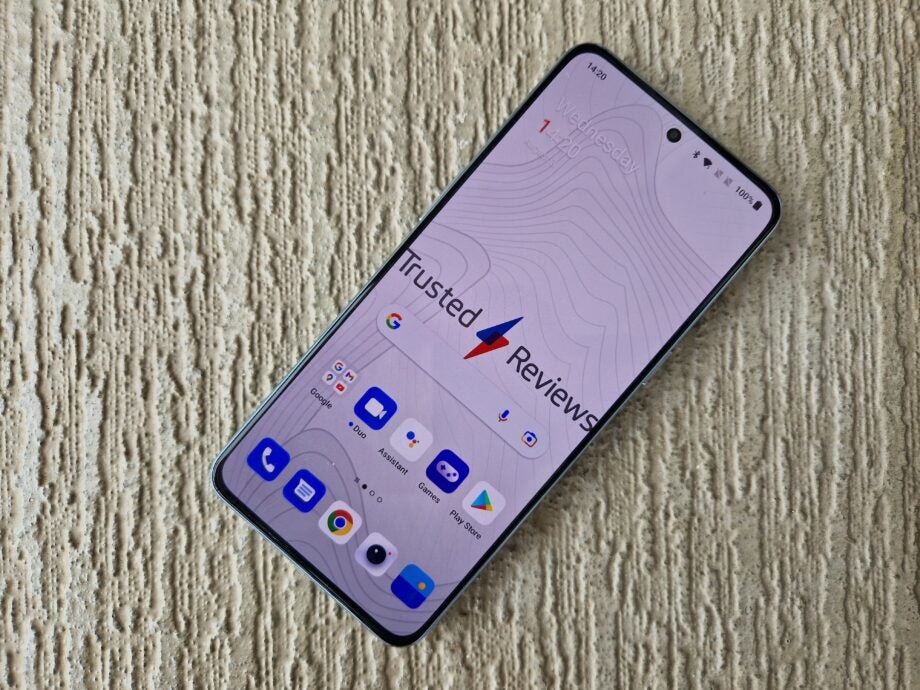What is a pixel?

The word pixel is often mentioned in tandem with digital photography or display resolutions, but what does it actually mean?
If you’ve read anything about digital images, it’s likely that you’ve come across the word “pixel” before, whether in reference to a display or a digital camera. However, what is actually meant when we use this term, and is it an important marker of quality for your tech products? This article answers your key questions.
What is a pixel?
A pixel is essentially a unit of measurement. Its name is derived from the words “picture” and “element”, and Techopedia defines it as “the smallest unit of a digital image or graphic that can be displayed and represented on a digital display device.”
Each of these individual pixels is formed of red, green, and blue lighting elements in different combinations in order to represent the range of colours that you see on the finished image.
How can you measure a resolution in pixels?
For digital displays, you’re likely to be given the pixel count to judge its resolution. For example, you may see a screen listed as having a 720x1080p resolution, and this typically refers to the number of pixels vertically and horizontally across the screen. The higher these numbers are, the sharper the display will be; however, there are a number of other factors beyond this (including colour depth and refresh rate, for example) which also determine the overall quality of a display.
Camera sensor resolutions are often measured in megapixels (one million pixels), which is calculated by multiplying the width and height of the sensor. Again, there are far more factors than just the resolution which go into making a good camera, but it is one of the most crucial elements.
What is pixellation?
Pixellation occurs when it is possible to see individual pixels in an image, and occurs either in low resolution images, or when a high resolution image is sufficiently blown up or zoomed in. Generally this effect is not desired, and an advantage of high resolution images is that they are less likely to appear pixellated.








